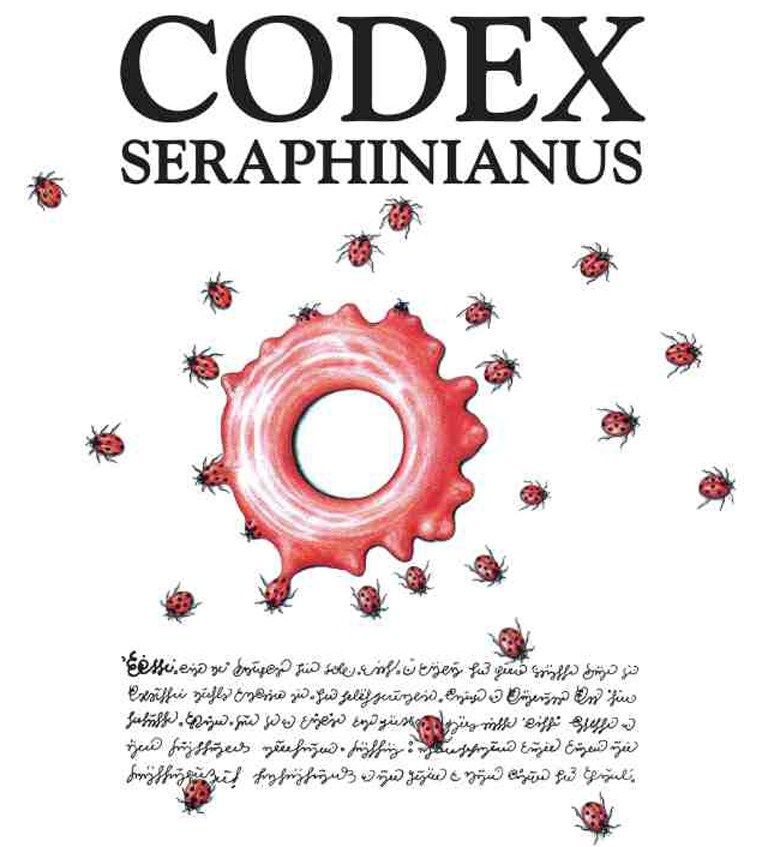
Codex Seraphinianus is a 400-page book written in an imaginary language accompanied by illustrations that seem to be of a remixed earth. Italian artist and former architect, Luigi Serafini made the book as an attempt to get out of the art gallery scene .The pen-and-ink and colored-pencil images seem self-explanatory. There’s a white mountainous car with melting tires covered in ants. A seed grows to become a tree-chair. A deer head emerges out of a flowerpot. The impersonating text is handwritten in cursive-like strokes. For years Serafini’s elusive behavior helped infuse the book’s mystic and eventual eclipsing of its author.
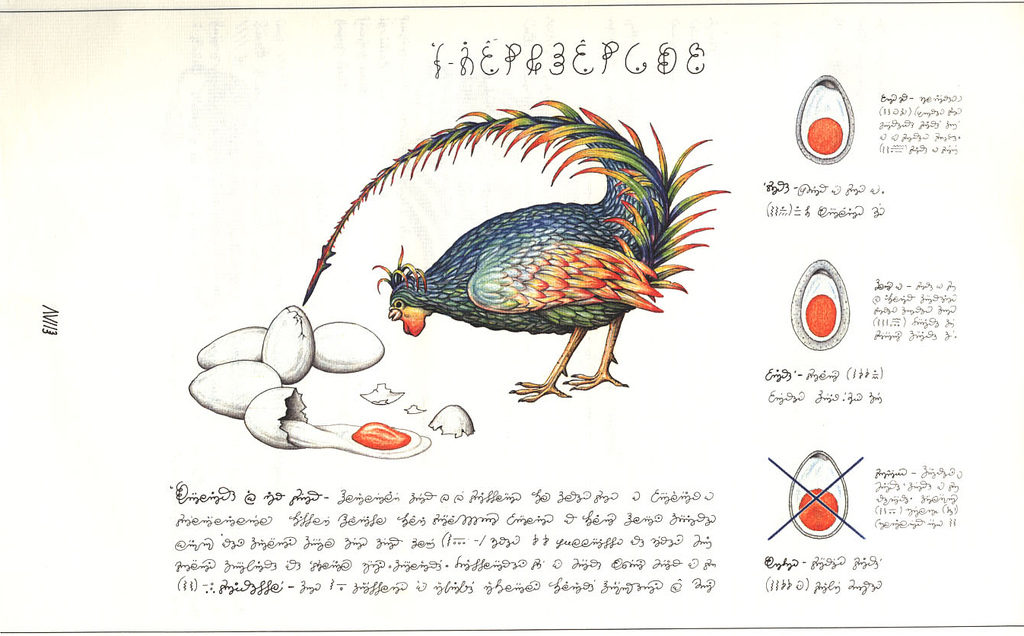
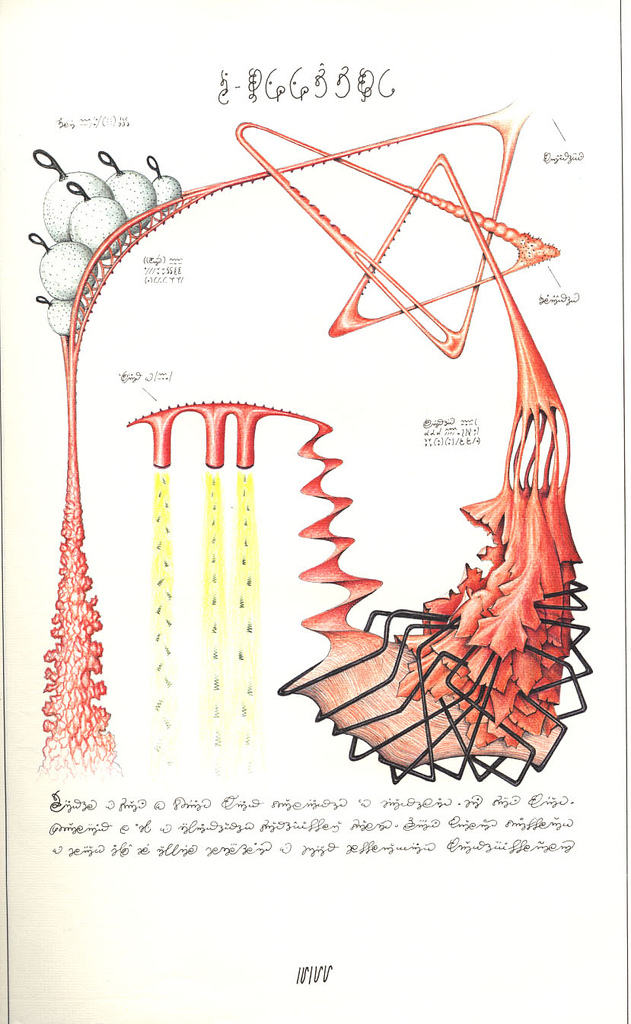
Published in 1981, Codex garnered a cult following and since then, copies of the out of print book have been going for thousands of dollars. It’s an acid trip in book form. Perplexing diagrams pose as logic and meaningless language begs for explanation. When the Italian artist was recently interviewed by Wired, he was asked if he used any drugs when creating Codex, “I did mescaline, a drug that was used to expand the boundaries of your mind. I’m talking about a real mind-transforming tool, it had nothing to do with today’s recreational use. At the time in the US, Native Americans were allowed to use it for religious purposes. But it didn’t help me in the creative process: under the influence of mescaline you lose any sense of criticism, you think you are creating a masterpiece, but when you get sober you realize it’s very modest. To produce a body of creative work is a practice based on small details, like word puns. You have to be focused, and there are no shortcuts.” It took Serafini three to four years to finish the book. About the book’s font he said, “What I want my alphabet to convey to the reader is the sensation that children feel in front of books they cannot yet understand.”
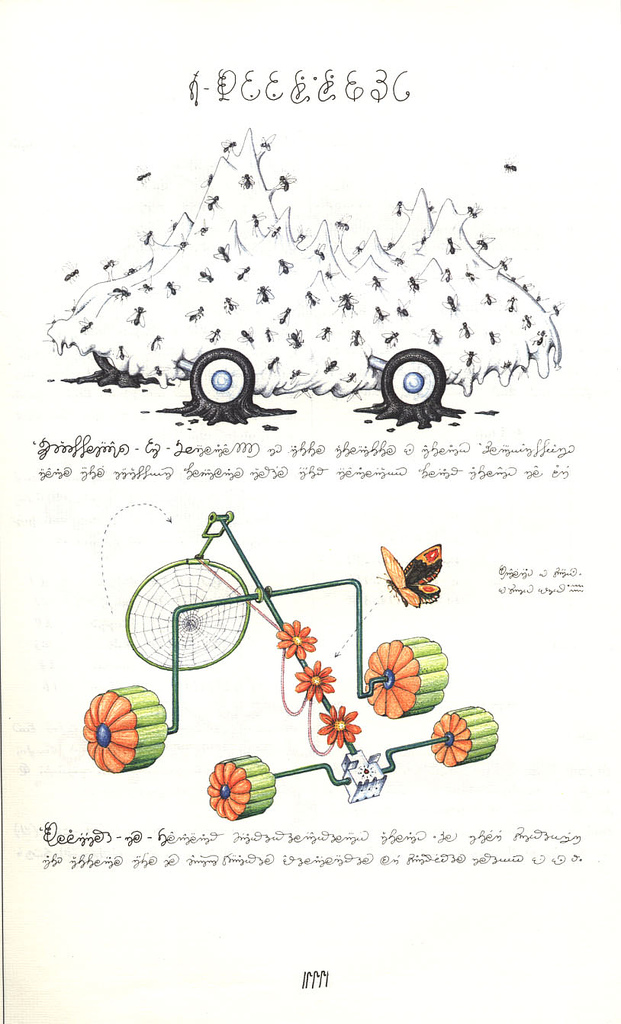
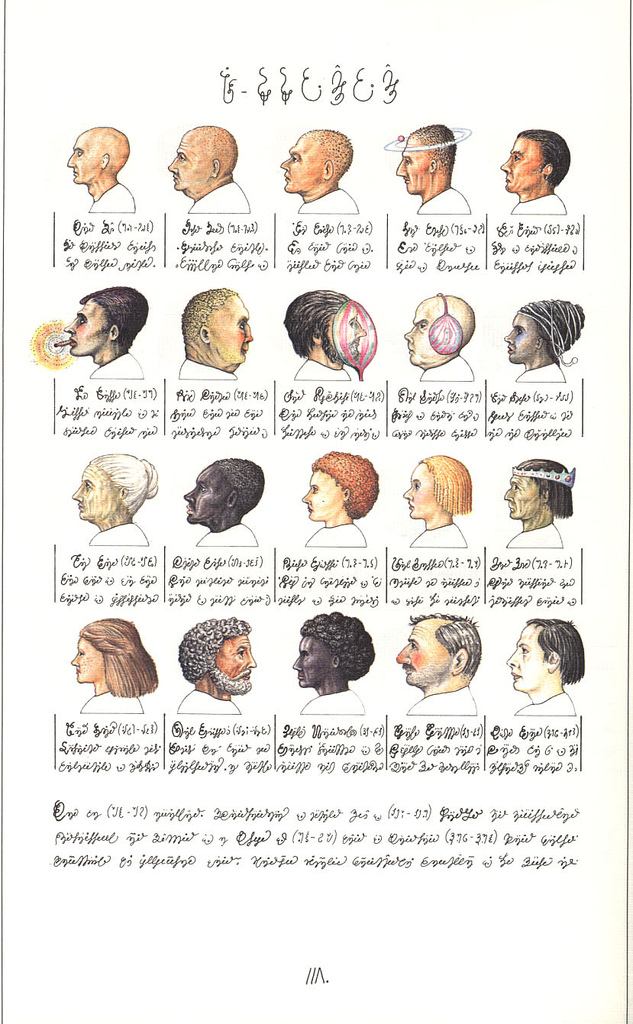
People have been trying to crack the Codex since it first got published. Serafini said some guy copyrighted a developed system that randomly translates the book’s symbols into meaningful text using the Latin alphabet. A woman said she transported into the Codex world through hallucination, before she even heard of the book. A Bulgarian linguist thinks that the handwritten text is some kind of strange language. About the meaning Serafini said, “It’s an obsession related to the persistent fascination with mystery. I always said that there is no meaning behind the script; it’s just a game.” Codex plays with mankind’s innate need to reveal and make sense out of the unknown or perhaps the unknowable. It reflects an anxiety-riddled collective conscious trying to birth an otherworldly version of itself; anything to escape the roots of its self-destruction. The morphing images are symbols of potential transcendence. “It’s a book that speaks about crisis and about communication and it’s quite apocalyptical, suited for the present times.”
This piece was originally published in 2013.





2 comments On Luigi Serafini’s “Codex Seraphinianus”
oh man I heard of this and forgot all about it!!!!!
Thank you for the reminder
Pingback: Yo, you good? – The Microscopic Giant ()